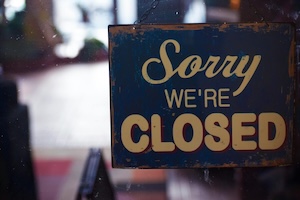The Importance of Unconditional Lien Releases with Every Payment
To secure your investment
Updated: Dec 6, 2023
Starting a construction project is a significant investment that requires careful management to ensure its success. Among the many crucial aspects of project management, one that often gets overlooked but is of paramount importance is the practice of collecting unconditional lien releases with every payment made. In this article, we'll explore what unconditional lien releases are, why they matter, and how they can safeguard your construction project.
Understanding Unconditional Lien Releases
Unconditional lien releases, also known as lien waivers, are legal documents that are exchanged between project owners, contractors, subcontractors, and suppliers during a construction project. These documents serve as a form of receipt and confirmation that a payment has been made, and the party receiving the payment waives their right to file a mechanic's lien against the property for that specific payment.
Why Unconditional Lien Releases Matter
Risk Mitigation: Unconditional lien releases protect project owners by reducing the risk of mechanic's liens being placed on their property. When contractors and suppliers provide unconditional lien releases, they are essentially giving up their right to make a claim against the property for the payment received.
Transparency: The regular practice of collecting unconditional lien releases promotes transparency and trust among all parties involved in the project. It ensures that everyone is on the same page regarding payments and the release of any potential claims.
Legal Compliance: In many jurisdictions, the exchange of unconditional lien releases is a legal requirement. Failing to comply with these requirements can lead to legal complications that may disrupt your project.
Safeguarding Your Project
To protect your construction project effectively, it's crucial to adopt the practice of collecting unconditional lien releases with every payment made. Here's how to do it:
Incorporate It into Your Payment Process: Make collecting unconditional lien releases a standard part of your payment process. Ensure that contractors, subcontractors, and suppliers are aware of this requirement and follow it diligently.
Use Standardized Forms: Create standardized forms for unconditional lien releases to streamline the process. These forms should include all the necessary details, such as the project's name, payment amount, and a clear statement of waiver.
Keep Detailed Records: Maintain detailed records of all payments and associated unconditional lien releases. This documentation will be invaluable in case of any disputes or questions about payment history.
Timely Collection: Collect unconditional lien releases immediately upon making a payment. Delaying this process can lead to misunderstandings and disputes down the line.
Collecting unconditional lien releases with every payment is a simple yet essential practice to protect your construction project. It reduces the risk of mechanic's liens, promotes transparency, and ensures legal compliance. By incorporating this practice into your project management, you can safeguard your project's financial and legal standing and ensure a smoother and more successful construction journey. Don't overlook the importance of this practice—it can make all the difference in the long-term success of your project.
You might also like

